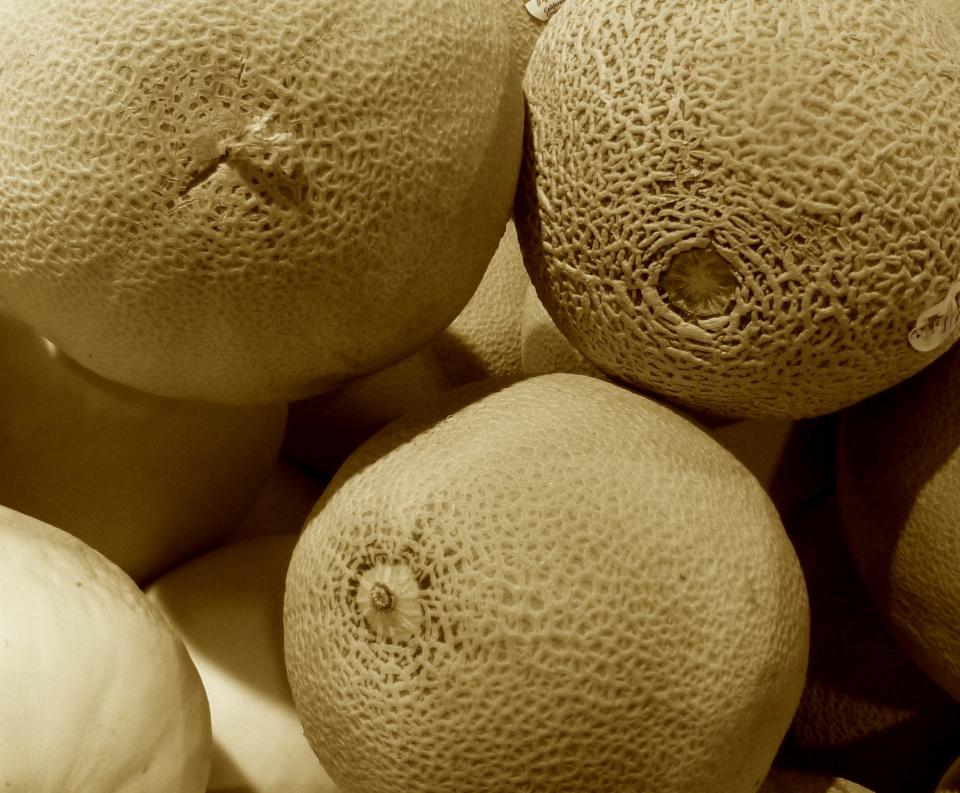Gardening for You: Gardeners indulge with Pecos cantaloupes
Sometimes gardeners just need a time out, go to the grocer and buy produce they have not personally grown. A Pecos cantaloupe is one of those indulgences.

Not all cantaloupes are created equal --- there are cantaloupes and then there are Pecos cantaloupes. What elevates a Pecos cantaloupe above others is its provenance. Pecos county is in deep, dry West Texas, south and west of Midland and south and east of El Paso.
Cantaloupes can be an effortless crop to grow but they do need growing room for their vines to not be crowded. Many gardeners don’t want to dedicate the amount of space necessary to raise a crop.
For gardeners that do want to grow their own cantaloupes, here are growing tips:
• Plan on gardening space to be occupied for almost the entire growing season. A cantaloupe crop takes 80-90 days from seed germination to maturity.
• Sow seed May to June, with melons maturing August to September.
• Plant in full sun in well-drained soil amended with organic matter.
• Space plants 2 feet apart in row and 3 feet between rows. Allot at least 6 feet of growing space for each plant.
• Pollination is essential. If honey bee activity is low, hand pollination is needed to set fruit. In the morning when plants are dry pluck off a male flower (the one with just a thin stem), remove petals so the stamen with pollen is exposed, gently tap pollen free over a female flower. Thoroughly coat the female part with pollen. Repeat for each female flower.
These steps may be enough to deter growing cantaloupes in gardens with limited space; there are always the store-bought melons, which brings us back to a Pecos cantaloupe.

In the grocers, look for the distinctive Pecos sticker: the “Pecos Fresh” moniker of a red state of Texas topped with a cowboy hat. Only authentic Pecos cantaloupes have this sticker.
Pecos cantaloupes have thicker flesh, smaller seed pockets, and are sweeter than other cantaloupes. Flavor is the hallmark of a Pecos cantaloupe.
The unique sweetness of a Pecos cantaloupe is attributed to the soils in that area that are naturally high in the mineral potassium. Potassium is one of the three major minerals, nitrogen, phosphorous, and potassium (N-P-K) that are essential for proper growth of plants. Soil potassium (K) is absorbed by plant roots, moved throughout plant tissues and into cells. The role of potassium in cell metabolism is to permit cells to accumulate sugars.
A perfect cantaloupe with rich, sweet flavor has a full naval scar, the junction where the melon was attached to the vine, indicating the melon was easily slipped off the vine rather than yanked or cut off. Rinds have prominent netting with a sweet, musky smell. Skin under the netting is a warm tan. Melons are heavy for their size.
Ellen Peffley taught horticulture at the college level for 28 years, 25 of those at Texas Tech, during which time she developed two onion varieties. She is now the sole proprietor of From the Garden, a market garden farmette. You can email her at gardens@suddenlink.net
This article originally appeared on Lubbock Avalanche-Journal: Gardening for You: Gardeners indulge with Pecos cantaloupes

